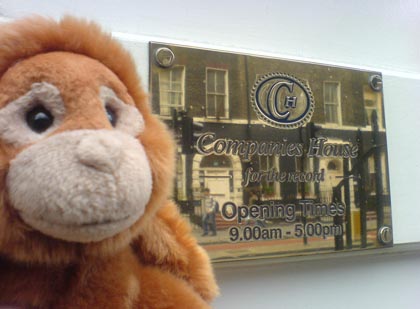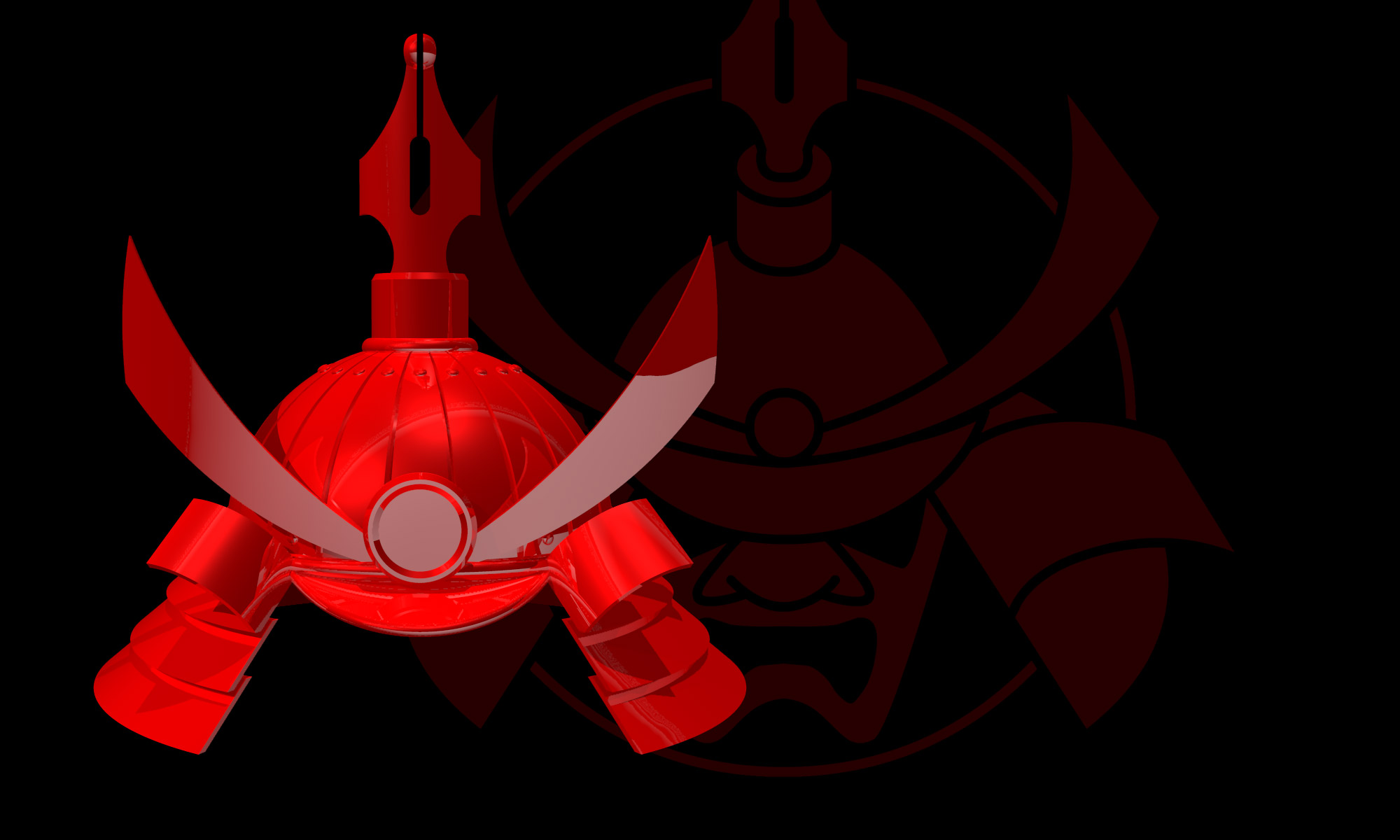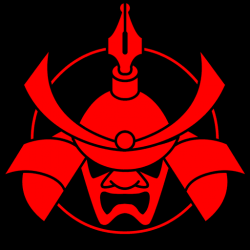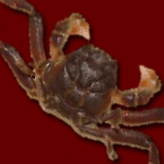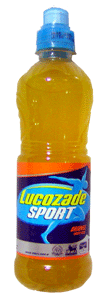
Lucozade
"Sport" drink
The rise in popularity of the so-called sports drink since the late 1980s is a masterpiece of marketing. When I was young, the only way you saw a bottle of Lucozade — then it was the startlingly sweet and reddish-orange fizzy drink in a big glass bottle (with little bobbles around the neck) — was by surviving the 'flu, or something like it. It was a drink reserved for recovery, the only good thing about being sick (apart from missing school, of course). These days, people are presumably too healthy for that to be a viable market, so Lucozade has become a "sports" drink. It's a drink built on "science," because it provides energy (glucose), and replenishes lost fluids by being isotonic, which means, roughly, that it is made to be as close to sweat as is possible without, you know, actually having been sweated into the bottle.
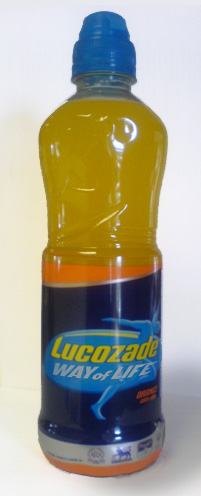
Lucozade "Way of Life" drink for martial artists
So, today, it's almost unthinkable to go training without the aid of a "sports" drink. I get through a bottle every session — and there's the rub. These are sports drinks, whereas, as any serious martial artist will tell you, a martial art is not a sport, it's a way of life.*
Presumably it was with this in mind that the brains behind Lucozade are now doing trials of a "Way of Life" drink — identical (as far as we were able to tell) to their popular "Sports" drinks, but simply with different labeling. They were handing out free bottles at the recent British Open T'ai Chi Long-Form tournament in Manchester, which ran for the entire two months of May and June (the winner, incidentally, performed an unbeatable form which lasted for over three days). Instead of the usual girls in skimpy promotional T-shirts, at least the sponsors had the restraint to use Chinese pensioners to hand out the free samples; but, still, it seems a bit cynical that the trade should be re-labelling drinks just to tap into a thirsty but currently untargeted market. The Fudebakudo informer who was present at the event kindly sent a bottle (unopened) down to us, which we have photographed with our usual studio-quality care and which is shown to the right.
It remains to be seen if Lucozade Way of Life drinks become available in the shops, and if so whether or not they will be priced higher than the sports version. It may be that green tea or lotus petal will replace the usual citrus flavours, and it's highly likely that "Boost" versions will be available with added gingseng.
If you see Lucozade Way of Life drinks in the shops, please let us know. Meanwhile, the science behind the drinks is described on the official Lucozade website.
This is especially remarkable because Lucozade is a mainstream brand. Such an approach — or something like it — has been tried before by the makers of this less popular, but no less disturbing, martial arts drink.
* Actually, judo and taekwondo are sports, because they are in the Olympics. Since the IOC doesn't give out Olympic medals for the way you live your life, that pretty much means that if you do judo or TKD you can stick to regular Lucozade.
